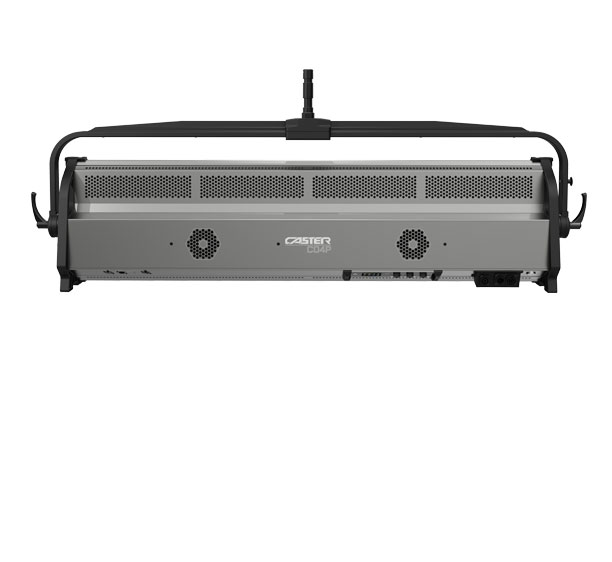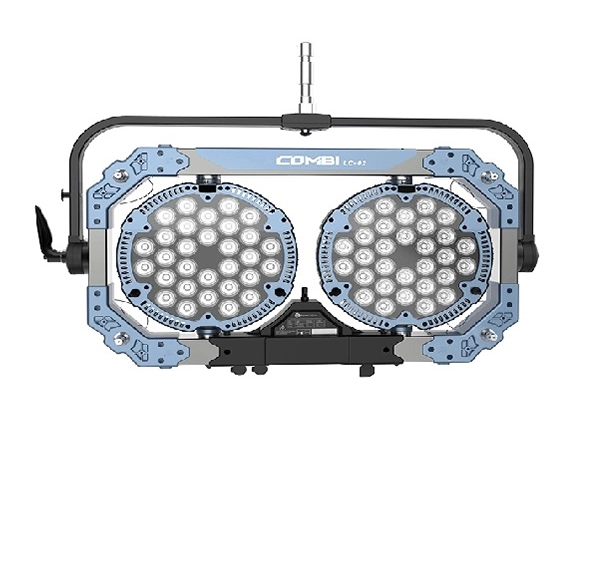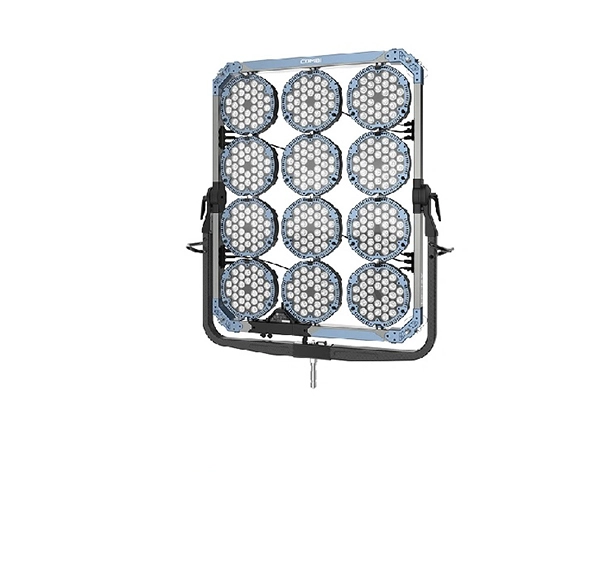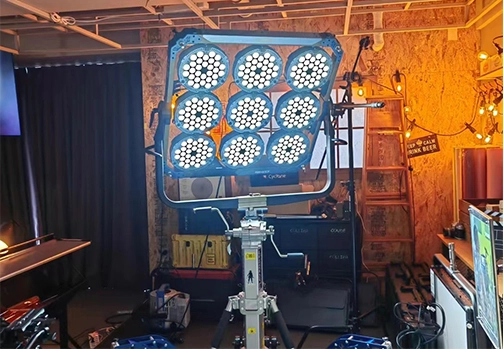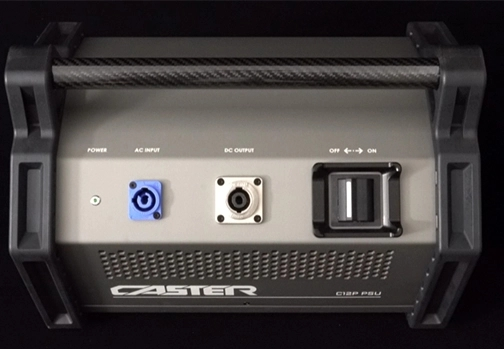With the constant improvement of digital cameras we use today, our photography has become better and better. There are now more and more lighting methods available, with increasingly diverse lighting possibilities. In the past, when shooting in studios, we rarely used film lights, and even when we did, we only used high-powered ones. However, since cameras have been equipped with high ISO noise reduction, and noise reduction functions have become better, we are now able to use film lights more frequently in our photography.
So why are more and more people using film lights in their photography? It's because photographers want the photos they create to be more natural. The lighting produced by film lights is very close to natural light, i.e. sunlight, so film lights are now used more frequently. Additionally, photographers may use film lights in combination with flashlights during the process.
Because of the characteristics of film lights, they make it easier for us to capture images that have a natural feeling. Furthermore, natural light has a feature of "what you see is what you get", so the images we capture with continuous lighting tend to be very interesting and atmospheric.
In addition to this, using film lights is great for adjusting the atmosphere of the scene. If you don't understand the characteristics of flashlights, it can be difficult to achieve this effect. With the development of LED technology, many led lights for film shooting have adjustable color temperature and allow for customization of the light's intensity, making them versatile and flexible for various shooting scenarios. As such, led film lighting have become a popular choice among professional photographers and filmmakers.
Secondly, let's talk about the difference between tungsten and dysprosium lights in film lighting.
There are many different types of film lights for sale in the market, but the most commonly used and most affordable is the tungsten light. Its warm color temperature is perfect for shooting warm-toned photos. Apart from tungsten lights, dysprosium lights are also commonly used in film lighting.
Although dysprosium lights may look like upgraded versions of tungsten lights, they actually work on a completely different principle and have different lighting effects and color temperatures. Dysprosium lights are high-intensity electronic discharge lamps. They are a new type of gas discharge lamp with high brightness, high color rendering index, and long lifespan. They use materials such as dysprosium iodide, thallium iodide, and mercury to produce their unique, highly concentrated spectrum, which is very close to solar spectrum and greatly enhances the lamp's luminous efficiency and color rendering.
Compared to tungsten lights, dysprosium lights can produce higher light intensity that is closer to sunlight color temperature.
 English
English 日本語
日本語 한국어
한국어 Español
Español italiano
italiano العربية
العربية

